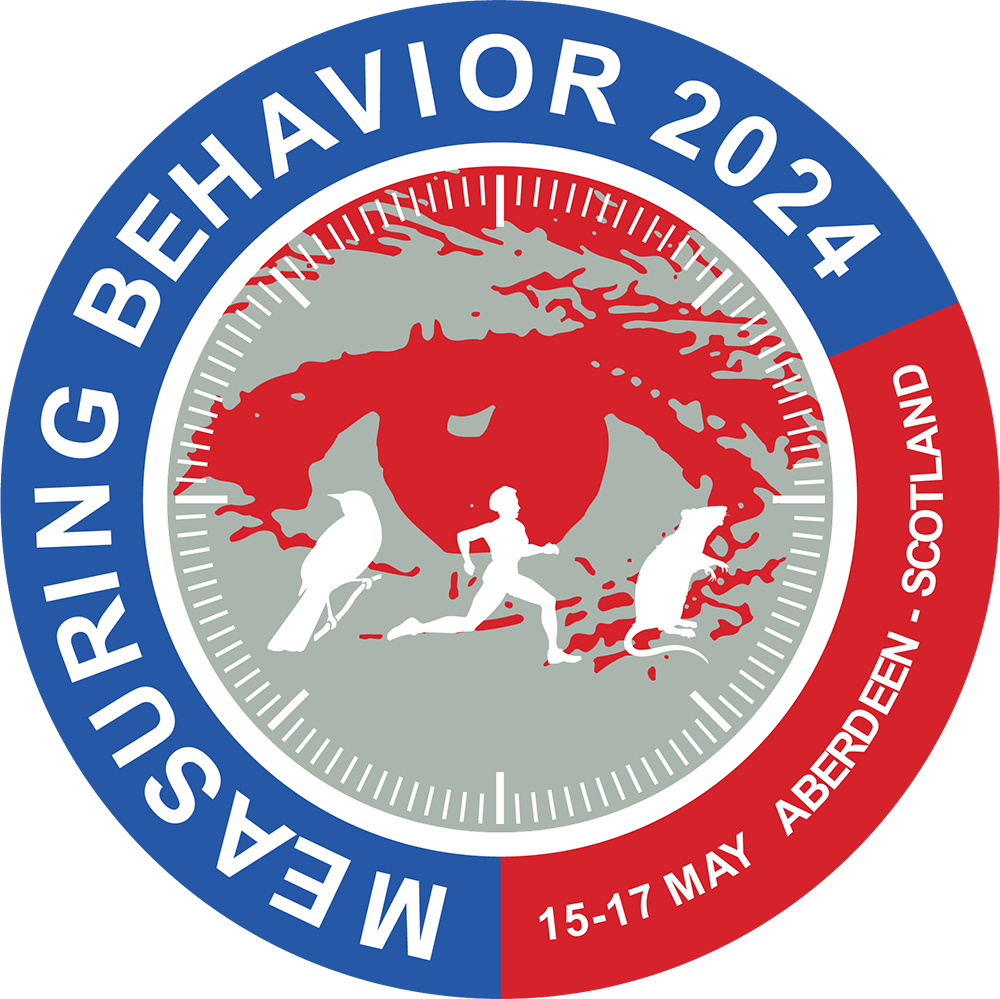Insights and lessons learnt
Organisers: Lars Lewejohann (German Center for the Protection of Laboratory Animals, FU-Berlin, Germany) and Lior Bikovski (Tel-Aviv University, Israel)
Schedule: Friday 17th May, 10:00 – 12:10, Conference Suite A
10:00 – 10:20 Rasneer Sonia Bains – Listening Carefully, the Challenges of Recording Home Cage Ultrasonic Vocalizations
In this presentation we will reveal a novel Home Cage Monitoring system that combines audio and video data captured from a standard Individually Ventilated Cage (IVC) that mice are weaned into and spend most of their experimental lives in. The data is captured over a whole circadian cycle from undisturbed group housed mice, revealing voluntary communication in socially housed mice and the challenges of interpreting such complex data and its biological significance.
10:20-10:40 Irmgard Amrein – Clever testing of smart mice with IntelliCage protocols avoiding water restrictions
Water access is the motivation for learning while group housed in the IntelliCage system. To avoid potential water restriction in slow learners, we developed protocols providing free water, while encouraging learning with sweetened water reward. Our findings indicate that animal welfare can be improved with such protocols, without compromising the assessment of activity and learning in easy tasks. Complex tasks requires adjustments to the free water access to make it less attractive.
10:40 – 11:00 Lars Lewejohann – Home-cage based testing: How to bring the test to the animal and not the animal to the experiment
Home cage monitoring (HCM) has become increasingly important. We will elaborate on the possibilities of carrying out complex behavioral tests based on the animals’ home cage. This is possible using sophisticated solutions within the cage as well as gates between the home cage and a test system. By this, the animals’ home cage will be of greater importance and thus we will have to make greater efforts to provide them with behaviorally appropriate accommodation.
BREAK
11:30 – 11:50 Lior Bikovski – Home cage: a uniquely sensitive tool for detecting hidden phenotypes
Home cage monitoring systems (HCM) were developed to optimize rodent behavior testing processes and increase our mice’s welfare in the phenotyping process. After almost two decades of combining different HCM in pre-clinical studies, it is possible to start discussing the added value of HCM in pre-clinical rodent studies. During my talk, I will share insights based on several studies performed in our facility using HCM, and discuss the added value of HCM, compare standard methods.
11:50 – 12:10 Stefano Gaburro – Using Digital Biomarkers to Measure Animal Behavior for Translational Research: The 3Rs Collaborative Initiative
A novel approach for animal behavioral assessment is through the deployment of translational digital biomarkers (TDB). This method, prioritizing non-invasive, real-time monitoring in natural environments, aims to align with the 3Rs principles—Reduce, Refine, Replace—to enhance both scientific outcomes and animal welfare. We also discuss the challenges and the pivotal role of the 3Rs Collaborative in fostering the adoption of TDB in preclinical research settings.
Description:
Automated home cage monitoring (HCM) systems are promising tools to improve reproducible behavioral phenotyping. Collecting data from the animals’ activity in their familiar environment without disturbance by an experimenter may greatly improve animal welfare while also allowing the simultaneous collection of long-term data from many animals, thus promoting in depth analyses of behavioral patterns. The variety of HCM systems that are available today may leave us spoiled for choice, nevertheless, each of these systems comes with a different set of challenges.
Within the COST Action 20135, “TEATIME”, framework, we have been discussing the effects of HCM on bio-behavioral science and animal welfare and curating the different systems available today (Link). In this session, we will share our experiences with different HCM, commercial and non-commercial. In addition, we will discuss these systems’ advantages and disadvantages from a user perspective while discussing future directions that that may include the application of machine learning in both data acquisition and novel analyses methods.
TEATIME is a COST action (number CA20135) about Improving biomedical research by automated behaviour monitoring in the animal home-cage and is funded by the European Union.

 Measuring Behavior
Measuring Behavior